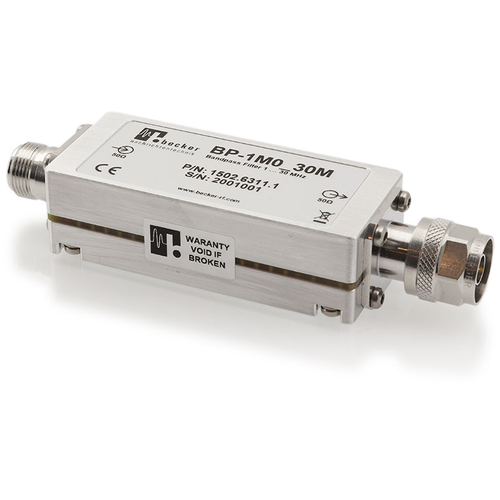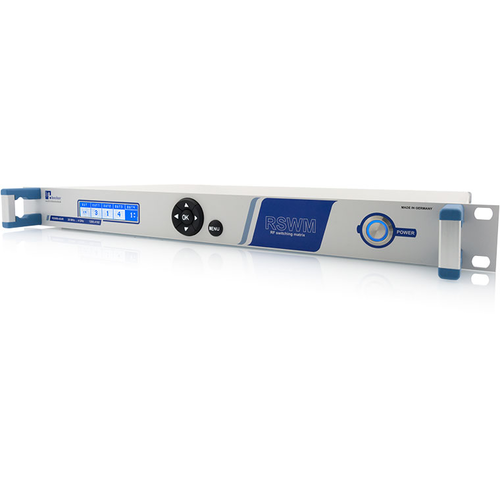Radio Monitoring
Radio monitoring as an application exists as long as radio communication has become ubiquitous. However, the application has to evolve constantly as new frequency ranges get in reach of technical capabilities and the amount of radio communication is ever increasing. Higher frequencies propagate less than lower frequencies, which in turn creates the necessity to employ radio monitoring locally and not just globally. The application of radio monitoring is not just an element of homeland security but also a technical necessity to guarantee that nobody is abusing spectrum and thereby creating undesirable interference for other applications. Emission limits will only be kept if the authorities verify the compliance with these limits.
In recent times radio monitoring has increased in importance due to a completely new trend, the use of unmanned aircraft or drones. Critical infrastructure must be protected (like airports) and no-fly zones must be imposed. The first line of defence against unauthorized drone usage is the detection of the drones by the radio waves of their remote-control communication.
Radio monitoring is a challenging application for the radio equipment, as it must deal with near and far sources of radio communication, and therefore be able to accept strong and weak signals equally. In technical terms this requirement translates into high dynamic range, high linearity and good noise performance of the receiver chain. These requirements are even higher nowadays as most digital radio communication signals use higher order modulation with its additional linearity requirement and its vulnerability to intermodulation. At the same time the computational load to deal with a myriad of unknown signals is high, and often multiple receivers are used in parallel to speed up processing.
Becker Nachrichtentechnik GmbH proposes several products that address this challenge and allow to connect one or more radio monitoring receivers lossless to one more antennas:
- Multi-coupler to copy the signal of one antenna to multiple receivers without signal loss
- RF switching matrices to route the signals from multiple antennas to multiple receivers (e.g. when using multiple directional antennas. After detection multiple receives can be switched to the same direction)
- Broadband Switch Arrays to realize arbitrary signal routes
The following components with their specific characteristics are offered for the different areas for an optimal operation in radio monitoring applications:
Devices for Short Wave Applications, 200 kHz ... 30 MHz
HF-Multicouplers
HF-Switching Matrices
Installation in combination with a bandpass filter module
Devices for VHF/UHF-Applications, 100kHz / 20 MHz ... 4000 MHz
VHF/UHF-Multicouplers
VHF/UHF-Switching Matrices
Devices for VHF/UHF/SHF-Applications, 20...18000 MHz
VHF/UHF/SHF-Multicouplers
VHF/UHF/SHF-Switching Matrices
letzte Änderung: 15.04.2025
















